Garden (and Life) Lessons
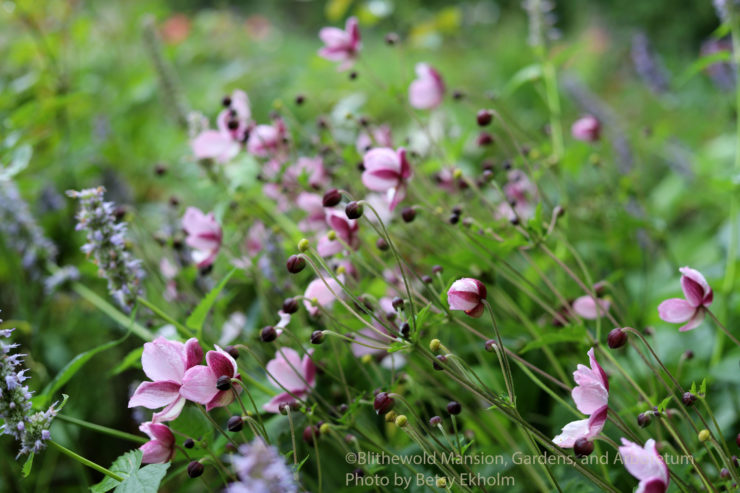
How does one not fall in love with September? The weather is temperate, the gardens are in full bloom, and there is an abundance of insect life everywhere you look. It is glorious. Despite all of this, I see fewer visitors in the gardens these days because our society has decided that “summer is over.” The gardens say otherwise. School may be back in session, but the garden is where I learn my most valuable lessons. So, with three beautiful weeks of summer still left on the calendar, I will be soaking it all up to the last drop and learning every garden lesson I can.
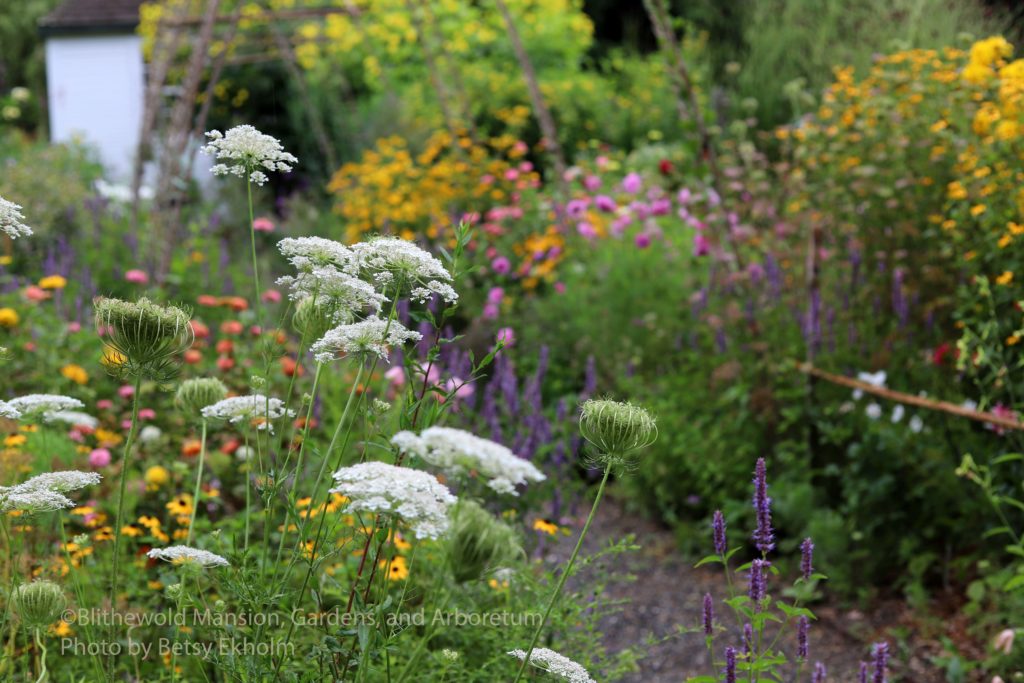
One of my favorite places to learn lessons is in our Cutting Garden. It is an eclectic mix of perennials, annuals and tender perennials that grow and intermingle and self seed into a new experience every year. As beautiful as it is, this garden absorbs a lot of our gardening energies. It is probably the garden that undergoes the most significant transformations from year to year and season to season. Every fall and spring, we dig out pieces of enthusiastic perennials that are now taking up important real estate. This year, despite our efforts, some of our gorgeous perennials (I’m looking at you, Virginia Cup Plant) are becoming a bit out of scale and no longer playing well with others. (This is what I would say in its parent-teacher conference, to belabor the school comparison.) No garden is ever static, and the Cutting Garden is certainly no exception. It will require a heavy hand of editing and replanting to transform into its new self next year, but I am already excited for the possibilities.
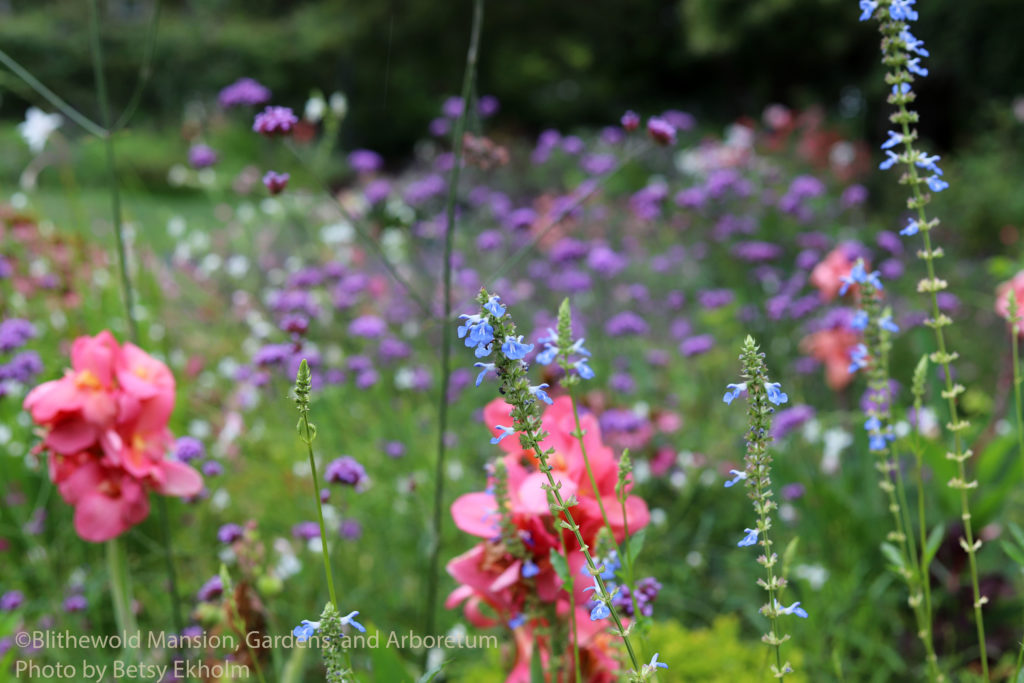
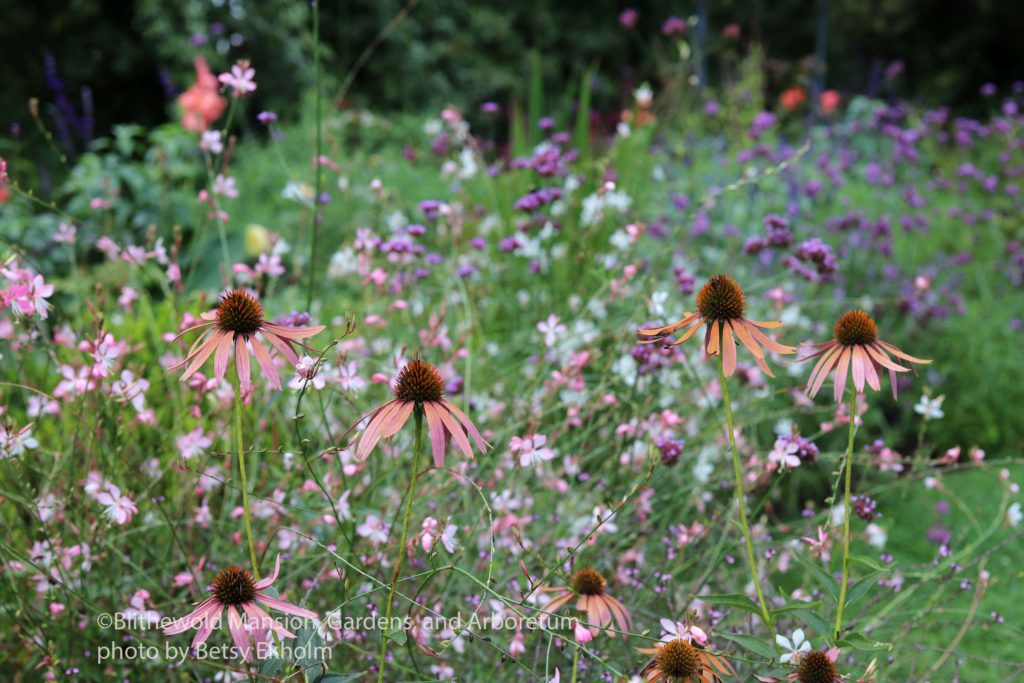
Now, the Rose Garden, on the other hand, is a case study in how to play well with others. It has been one of my favorite places to examine plant communities on the property. What is a plant community, you ask? It is a group of plants that grow together and intermingle in a pleasing and prosperous way for all. The photo above left is such a fun color contrast that I have been greatly enjoying. The cornflower blue of the bog sage (Salvia uliginosa) stands out playfully from the pink of Canna ‘Cannova Mango’ with Verbena bonariensis providing the background purple tones.
Above right is a softer palette of colors on the opposite side of the Rose Garden. The fading sunset tones of Echinacea ‘Ruby Star’ complement the pink and white of wandflower (Gaura lindheimeri ‘Whirling Butterflies’) dancing behind it. Both of these combinations work well, in my opinion, and interestingly they evoke different emotional responses (in me, at least). I am always fascinated with color and how it affects our experience of the world. The picture above left is more playful and sweet, whereas the pic on the right is filled with soft romance.
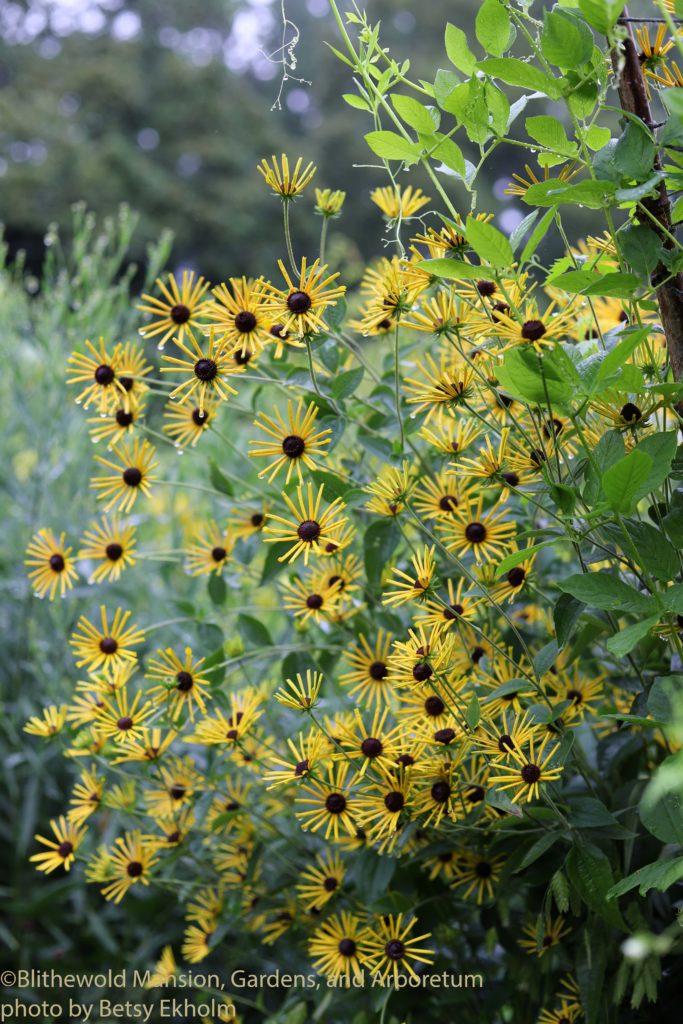
Speaking of emotional responses, who can resist the utter cheerfulness of Rudbeckia subtomentosa ‘Henry Eilers’? Those golden rays of petals are positively beaming out at us saying “hello, isn’t it a beautiful day?” The day is indeed beautiful, but the location of these Henry Eilers will need to be tweaked a bit for next year. They have slowly migrated closer and closer to the gravel path that dissects the Cutting Garden and they are now leaning out at passersby with their flowery cheerfulness. Perhaps it would be an even more beautiful day if they would gently take a step back haha. The garden lesson to be had here is to respect the pathways so that garden visitors are able to fully enjoy the garden.
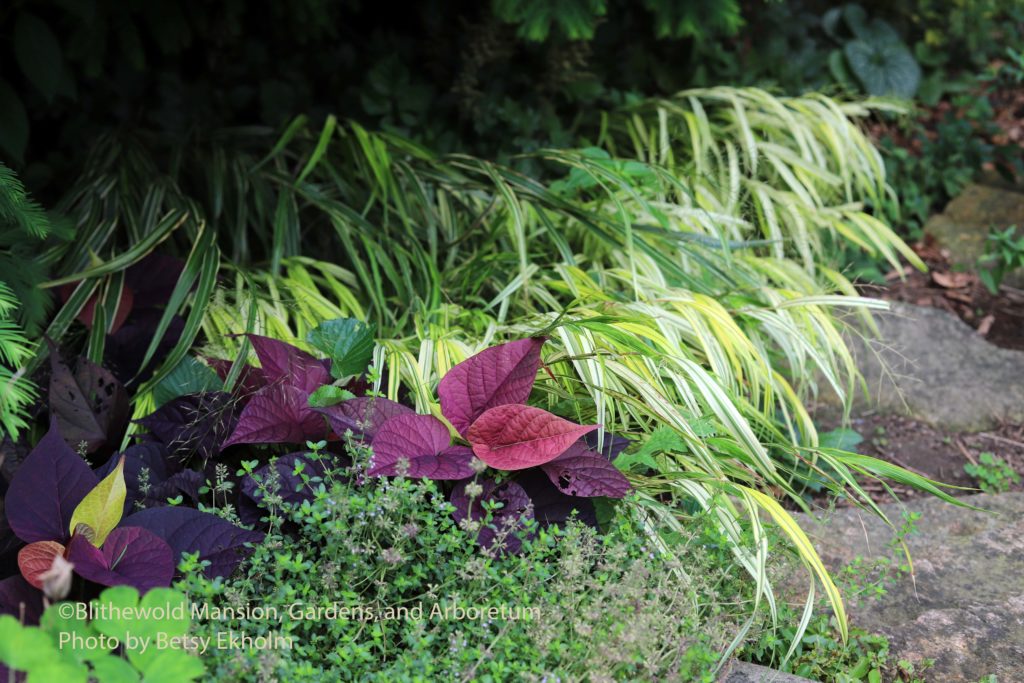
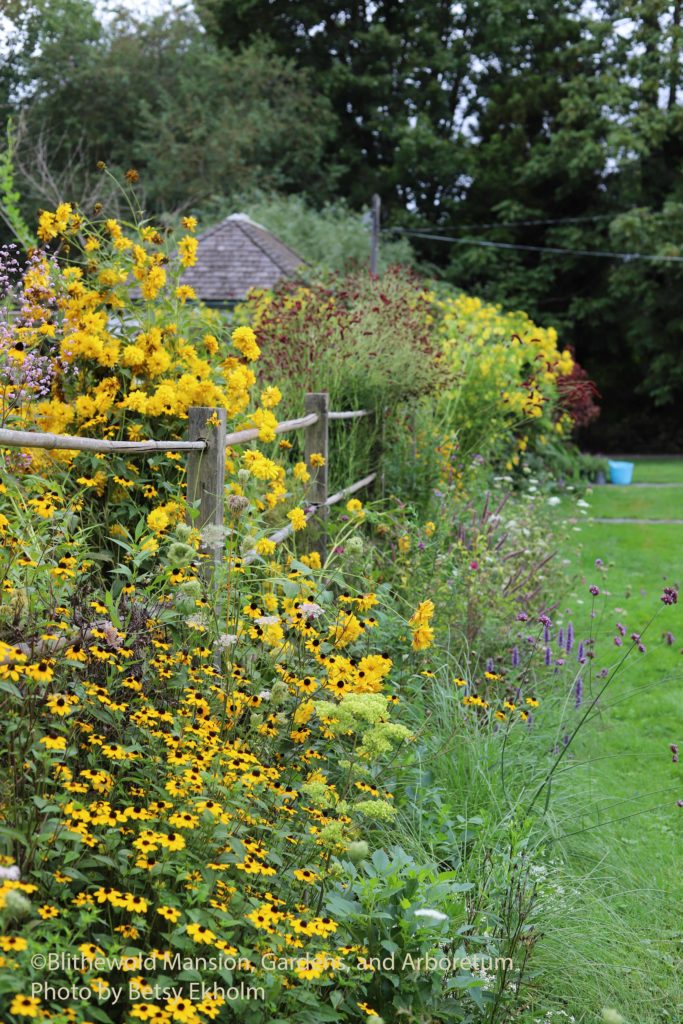
I have one more garden lesson to impart and it is this: never be afraid to try new things. At first glance, the two images above have little in common, but the truth is they are both examples of trying something new. When Becca and Julia advocated for planting the sweet potato vine in the ground in the Troughery, I told them to go for it. (This is a plant that is mostly known for its performance in container plantings.) Now that it is filling out, I am loving the textural and visual contrast of the plants together. There is something about that red-purple tone of the sweet potato vine (Ipomoea ‘FloraMia Rosso’) against the green and gold of Japanese forest grass (Hakenochloa macra ‘Aureola’) with the fine foliage of English thyme providing yet another contrast. Altogether it is quite a visual treat.
The photo on the right is a view of the back side of the Cutting Garden. A year ago we started a new garden on this side, with a mind to redeeming this under utilized area. So far we have planted sweet peas, bachelor buttons, Queen Anne’s lace, love-in-a-mist, dahlias, annual grasses, and so much more. It is a place to have fun and experiment with plant combinations. I have been thoroughly enjoying having this new playground for plants. Gardens don’t have to be such serious endeavors. They can also be a place to get creative, try new things, and have fun.
I hope you are having fun in your garden, even if school is back in session. Some lessons can be fun to learn.
Happy Gardening!
